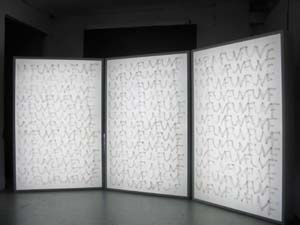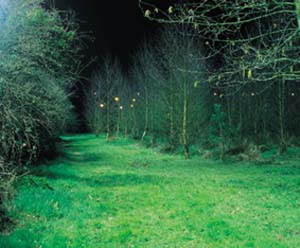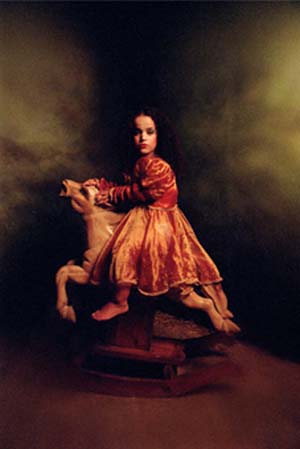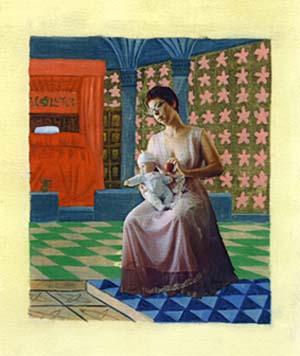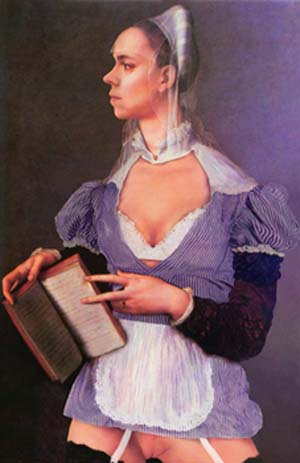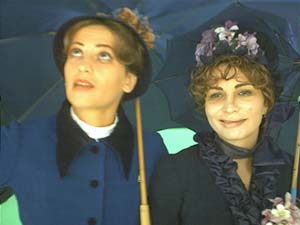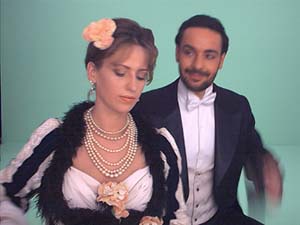-
John Duncan
John Duncan’s photographic works record the subtle changes that have taken place in the city and the efforts to develop and cultivate areas formerly battered and conflict-ridden. His works document the policies of instant and artificial “pacification” of Belfast
read more >> -
Aisling O’Beirn
Interested in urban culture and the way popular knowledge re-creates a city, Aisling O’Beirn builds cardboard models of Belfast’s urban complexes representing the invisible architectures of conflict. Rather than showing walls or clear-cut borders, her models embody signifiers of tension
read more >> -
The Belfast Way
The exhibition The Belfast Way features works by ten Belfast-based artists. All of them are in their thirties. All were born in Ireland, or have been living and working there in recent years. The exhibition is not underlain by a thesis or a theory. It is merely an attempt to present an array of outstanding artists operating from this city, all of them endowed with a certain sensibility that seems to be prevalent in the Belfast artistic milieu, and with a clear bond to its political atmosphere.
read more >> -
-
-
-
Diana Groo
The show features four short films written and directed by Diana Groo as a television project dealing with the history of art, under the title Wild Imagination. The first, Over Vitebsk – Marc Chagall’s Dreams, was created in the year 2000.
read more >> -
Einat Arif-Galanti
Vanitas Vanitatum Today 2001-2005, photographs It is not accidental that Einat Arif-Galanti chose to give her photographic series the Latin title Vanitas Vanitatum Today, for the term “vanitas” has a place of honor in the history of art. Vanitas paintings, whose roots may be traced back to Renaissance art, reaching their peak of popularity in Dutch and Italian art in the early seventeenth century, address the transience and fragility of human life and the ephemerality
read more >> -
Dialogue with the Classics
Around the turn of the new millennium, many artists and art critics expressed discontent, displayed perplexity, and searched for a path. Signs of these were already discernible in the last decade of the twentieth century, a century that celebrated the notions of avant-garde and modernism. The death of painting had been declared long before, and the penetration of new techniques and technologies (mainly video art) did not entirely fill the resulting gap. The motto: “innovate or perish”
read more >>


